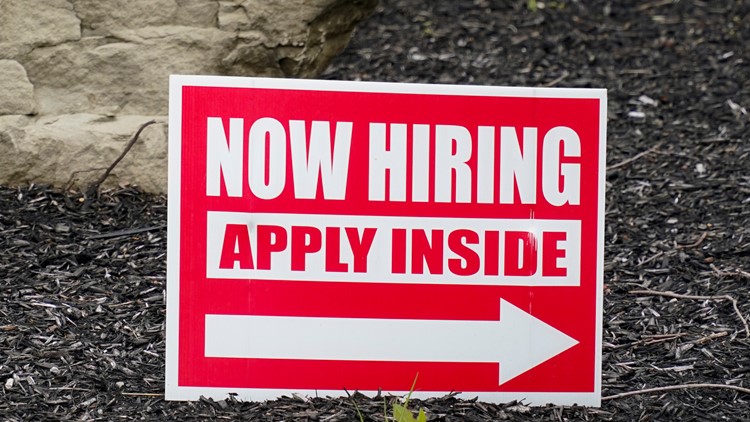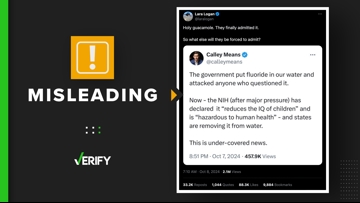Debate over enhanced unemployment benefits has swirled on both social media and on legislative floors during the coronavirus pandemic. Recently, as more people get vaccinated and more states reopen, some politicians and the U.S. Chamber of Commerce have called for an end to enhanced federal unemployment benefits that provide additional income to people who are out of work.
Concern over the future of additional unemployment aid is apparent on social media. One twitter user joked: “The government: ‘GREAT NEWS! You don't need a mask or unemployment benefits anymore.’" That tweet has more than 86,000 likes.
THE QUESTION
Is the government stopping enhanced unemployment benefits now that states are reopening?
THE SOURCES
Statements from state governors, including Montana’s, and state labor commissioners
State labor websites
THE ANSWER
The federal government has not stopped the additional unemployment assistance it first introduced with last year’s CARES Act stimulus bill.
However, some state governments have decided they will no longer participate in the program, which will take away benefits for some and reduce weekly payments for others. Some states have also reintroduced minimum job search requirements that were waived last year.
WHAT WE FOUND
The Department of Labor has indicated that enhanced federal unemployment benefits will continue until Sept. 4. It has not published any news release or updated its COVID-19 unemployment insurance webpage to suggest it will end the benefits early.
But while the federal government hasn’t changed anything as of May 18, several state governments have.
Montana was the first state to announce on May 4 that it would stop participation in the enhanced benefits program. The state is ending participation in programs that allowed people to remain on unemployment past the typical expiration date, increased the weekly benefits and provided benefits to gig workers and self-employed people. The states that followed Montana are ending participation in the same programs, with some states scheduled to do so as early as June 12 and other states planning to do so in July.
There are at least 21 states that have dropped the enhanced benefits. Those states include Montana, Tennessee, Ohio, Iowa, Alabama, Arizona, Idaho, Georgia, Arkansas, Mississippi, Missouri, South Carolina, South Dakota, North Dakota, Wyoming, Texas, Alaska, Indiana, Oklahoma, West Virginia and Utah.
A VERIFY count found at least 41 states have reinstated, will reinstate or never waived job search requirements for people to remain on unemployment benefits. Job search requirements, which were waived at the beginning of the pandemic by most states, mandate unemployment applicants prove they are actively searching for a job with a minimum number of activities or contacts per week. States began reinstating these requirements as far back as late last year and some states never waived those requirements at all.
The special federal unemployment benefits provided during the pandemic are added on top of regular state unemployment benefits. Each state has different policies and requirements regarding unemployment benefits.
If you’re receiving unemployment benefits and worried about potential changes, it’s best to check on your state’s online unemployment portal or call your state’s unemployment office.
More from VERIFY: No, putting sugar into the gas tank does not ruin a car’s engine
VERIFY
Our journalists work to separate fact from fiction so that you can understand what is true and false online. Please consider subscribing to our daily newsletter, text alerts and our YouTube channel. You can also follow us on Snapchat, Twitter, Instagram or Facebook.













